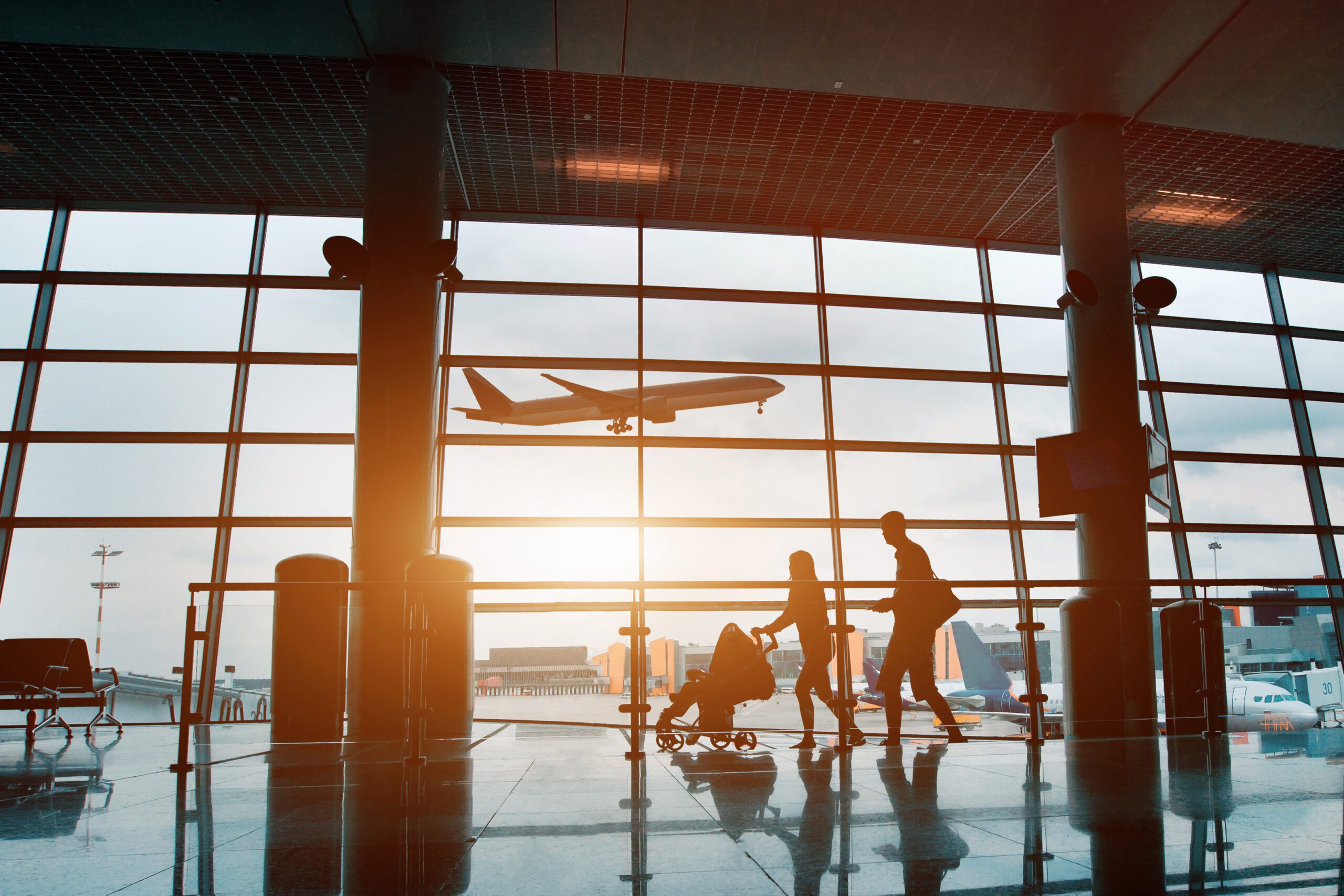This article was originally published on Airport World.
Digitising airport CCTV systems can offer big gains in efficiency and cost savings, writes Andrew Dallmann.
Airports in the US continue to squeeze in more flights, more people and more processes under their roofs while, in many cases, operating within spaces that were built decades ago to accommodate much lower traveller capacity.
With recent studies reporting a strong recovery for global air demand, airport employees are simply busier than ever trying to monitor this constantly shifting kaleidoscope of activities that require swift, smart responses.
Simple Events can Cause Big Problems
Disruptive situations at an airport can, of course, cause lengthy delays and loss of revenue as well as trigger stress and frustration.
Here are just a few examples of how simple events can cause big problems for staff and travellers:
- Passengers are disembarking from their plane and someone needs a wheelchair but none can be found nearby;
- The security line nearest the entrance grows exceedingly long because people head for the closest TSA check-in they immediately see, unaware there is a shorter wait just around the corner;
- A suitcase is forgotten at a bar and goes unnoticed by security, while its owners frantically search for their luggage.
These are some of the circumstances that closed-circuit camera systems (CCTV) monitor, but they require vigilant staff watching and taking action.
While found in almost every airport to help staff keep an eye on what’s happening, CCTV has its limitations. Cameras located at multiple locations throughout an airport can gather information as to airport activities, but manually sifting through hours of camera footage is an extremely time-intensive task.
It requires a constant human presence, and older mechanisms can have grainy footage or limited views. Expanding a space or hiring more people can be a costly investment which can invite human error and in the end, might not be the answer.
How can operators instantly find out where missing equipment has disappeared to, quickly decide staffing level needs, or prevent developing safety situations?

Improving CCTV Systems Optimizes the Experience
Adding a digital layer of technology to existing processes can be an easy but highly effective way to improve communications and operational flow.
Because cameras are already a universal feature at most airports, digitising existing CCTV systems can be an easy retrofit with a big impact for airport processes.
Digital technology helps staff gain a deeper look at how a space is being used while automating protocols for typical situations. Integrating AI into these closed circuit camera systems is an evolution that upgrades a static system into the ultimate ‘search and find’ resource for its employees and vendors, returning answers to questions in milliseconds compared to laborious manual searches.
Improvements for Efficiency and Safety
Physical assets – like wheelchairs, luggage carts, airplane maintenance equipment and tools, and other commonly used items – that are geotagged and tracked as they move throughout a complex space can be easily found when needed.
Cameras can identify when items require attention and operators can be alerted to fix a situation before it becomes a problem.
Transforming the capabilities of an airport’s traditional cameras into a smart inventory system helps operations run more efficiently as problems are identified and addressed as they arise.
In addition, upgraded cameras can catch new objects and flag them for investigation, leading to faster response times for employees and increased security.
While some might view CCTV as devices from days gone by, the fact is they are still commonly used in airports of all sizes across the world. Their broad use positions them to be a logical place to start incorporating smart tech in airports that aren’t ready for massive structural redesign.
By adding a layer of digital technology, airports can more easily manage the growing needs of more travellers and expanded concourse offerings.
Consider what’s possible in the digital world – information one needs at any moment is instantly searchable and available.
Airports that have this bridge between the physical and the digital worlds will be empowered to save a significant amount of time and money by improving their operations and customer satisfaction.
About the author
Andrew Dallmann is the senior manager for product, Atrius, at Acuity Brands.
